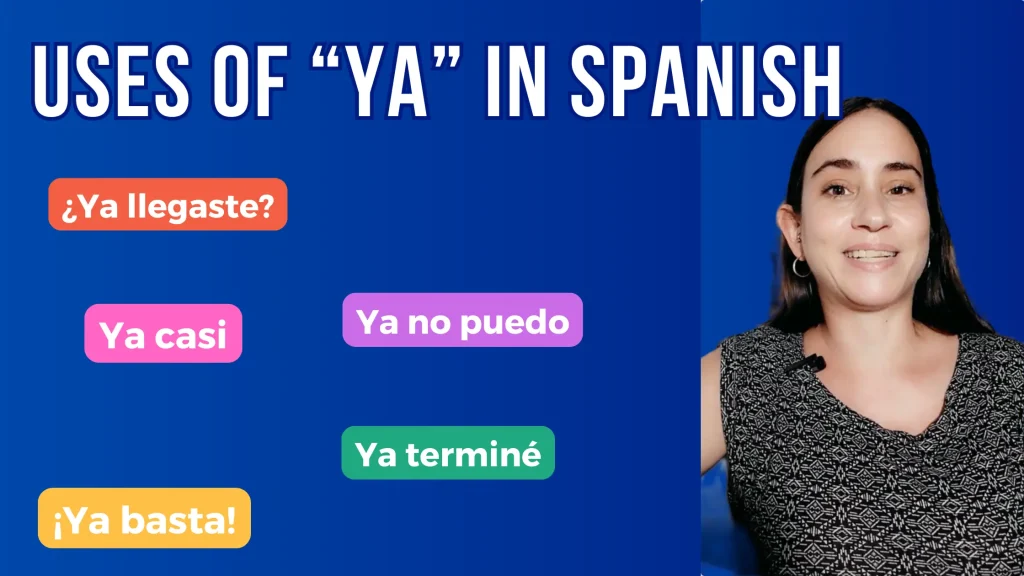When expressing fear in Spanish, you can choose between two common phrases: tener miedo (to have fear) or estar asustado/a (to be scared). Each has its nuances and fits specific situations.
1. Expressing Fear with Tener and Miedo
The phrase tener miedo directly translates to “to have fear.” People use this to describe a general feeling of fear or being scared. To specify the source of the fear, you can add a or de.
Structure:
- Subject + tener (conjugated) + miedo (+ optional a or de).
Examples:
- Tengo miedo.
- “I’m scared.”
- This expresses a general fear without specifying the cause.
- Tiene miedo de las arañas.
- “She/He is scared of spiders.”
- The word de connects the fear to its source.
- Los niños tienen miedo a la oscuridad.
- “The children are scared of the dark.”
- A introduces the object of fear.
- ¿Tienes miedo de hablar en público?
- “Are you scared of speaking in public?”
- A question to ask about a specific fear.
2. Using Estar with Asustado/Asustada
The verb estar pairs with the adjective asustado/a to describe a temporary state of fear. This phrase focuses on how someone feels at a specific moment.
Structure:
- Subject + estar (conjugated) + asustado/a.
Examples:
- Estoy asustado.
- “I’m scared.”
- A male speaker uses asustado.
- Está asustada porque escuchó un ruido extraño.
- “She’s scared because she heard a strange noise.”
- Asustada applies to a female speaker.
- Estamos asustados por la tormenta.
- “We’re scared because of the storm.”
- The adjective agrees with the plural subject (asustados for mixed-gender or all-male groups).
- ¿Estás asustada?
- “Are you scared?”
- A question for a female speaker to describe her immediate feeling.
When to Use Tener vs. Estar
- Choose tener miedo to describe general or ongoing fears.
- Example: Tengo miedo de los perros grandes.
(“I’m scared of big dogs.”)
- Example: Tengo miedo de los perros grandes.
- Use estar asustado/a for temporary or specific situations.
- Example: Estoy asustada porque vi algo extraño.
(“I’m scared because I saw something strange.”)
- Example: Estoy asustada porque vi algo extraño.
By learning how to use tener miedo and estar asustado/a, you can express fear naturally in Spanish. Whether describing general anxieties or reacting to a specific moment, you’ll have the right tools. Which phrase do you think you’ll use more? Share your thoughts below!





